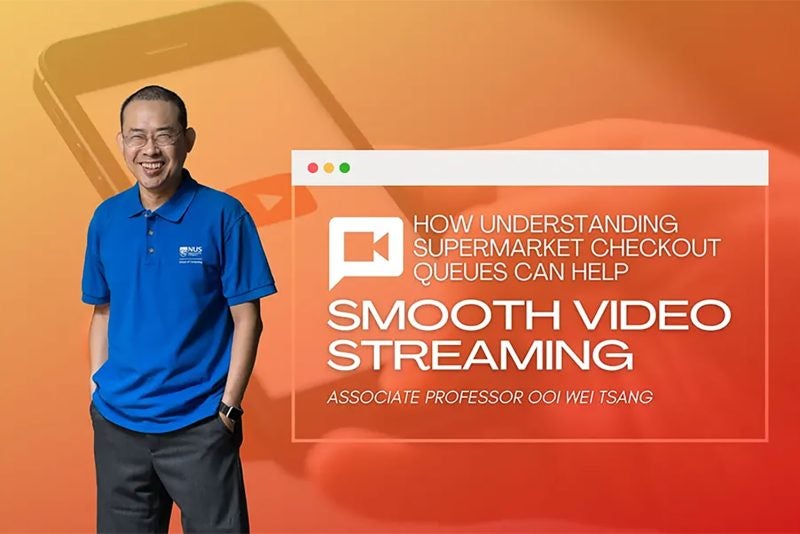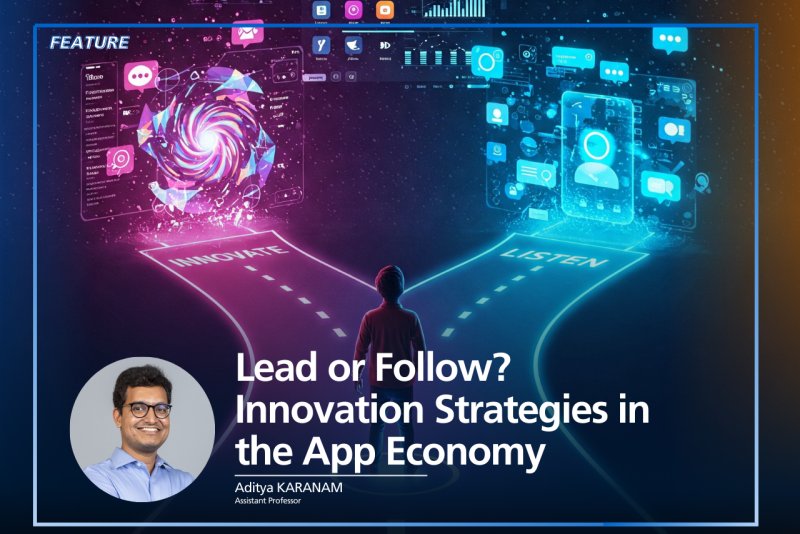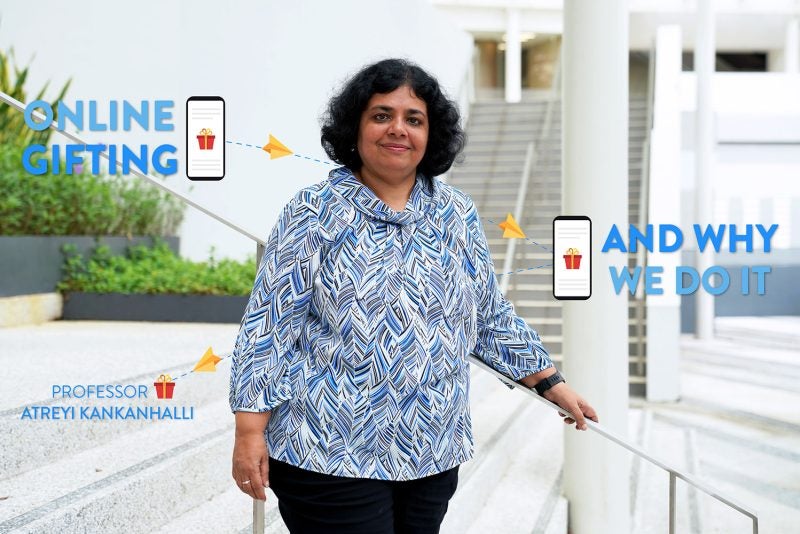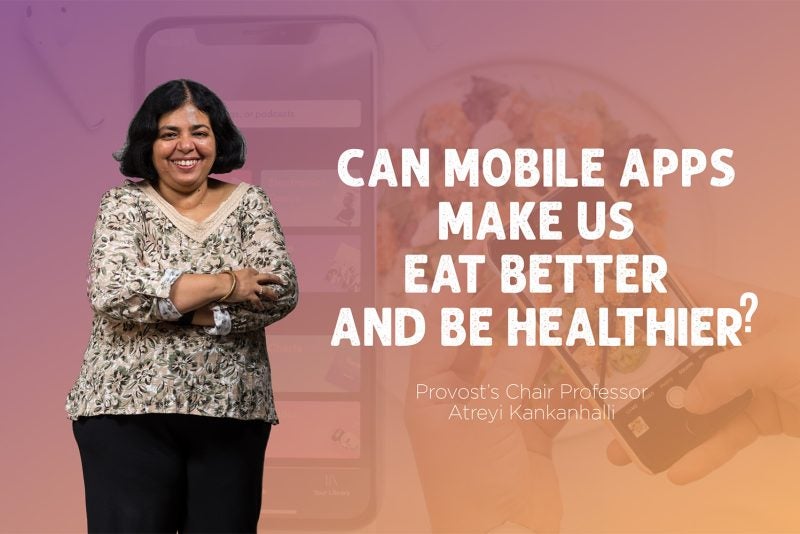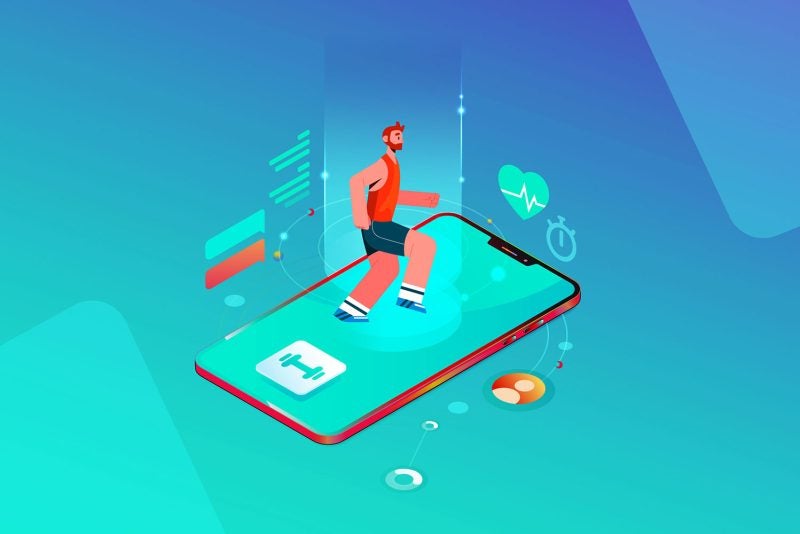The High Stakes of Innovation in Digital Ventures
In today’s fiercely competitive app economy, creating a successful digital product isn’t just about writing great code or launching with hype. It’s about delivering features that resonate deeply with users—and doing so faster and smarter than the competition. For digital entrepreneurs, especially those bootstrapping their way into the market, every product decision is a gamble with limited chips. You can’t afford to build what people won’t use.
So how do you decide what to build next?
A new study conducted by NUS Computing’s Assistant Professor Aditya Karanam provides a compelling answer. Drawing on four years of data from over 850 iOS apps and more than 3.8 million user reviews, the study examined which kinds of feature additions actually result in greater user adoption. Their findings challenge some widely held assumptions about innovation and user feedback, and offer powerful insights for anyone trying to build digital products in an attention-starved market.
This research doesn’t just dissect app development; it offers a strategic blueprint for anyone navigating the tightrope between listening to users and following their own creative instincts.
The Problem: Feature Overload Without Impact
Too often, digital entrepreneurs and product teams fall into a common trap: thinking that more features will inevitably drive more success. But the reality is more nuanced. Features are costly. They require development time, maintenance, user education, and UI space. Worse, adding the wrong features can actually confuse users or dilute the core value proposition of your product. So the real challenge isn’t just building features. It’s building the right ones.
This study categorises features based on two key dimensions: who proposed the feature (i.e., developer vs. user), and whether the feature was novel (i.e., never seen before in the app category) or imitative (i.e., already present in competitor apps). That gives us four types of feature additions: developer-novel, user-novel, developer-imitative, and user-imitative.
Each of these turns out to have dramatically different effects on app demand. And the results weren’t always what you might expect.
Developer Novel Features: The Power of True Innovation
The most clear-cut takeaway from the study is that when developers create novel features based on their own vision, app demand goes up.
In the crowded and often imitative world of app stores, being first with a genuinely new idea – something users haven’t seen before – still pays off. It sparks curiosity among users and sets the product apart.
This finding validates the entrepreneurial instinct to “build something new,” and reinforces the idea that originality remains a viable strategic edge, especially when intellectual property protections are limited. Digital entrepreneurs shouldn’t be afraid to lean into their own ideas; when done well, bold creativity gets rewarded.
User Novel Features: When Listening Can Backfire
Surprisingly, the study found that novel features suggested by users had a negative impact on app demand, unless those features were executed with extreme precision.
Why? Because user suggestions, especially novel ones, are often hard to interpret. Users may express what they want using vague language, or their ideas may reflect a misunderstanding of the technical or business constraints of the app.
The study introduced the concept of contextual distance, which measures how closely a developer’s implementation aligns with the user’s original intent, using natural language processing (NLP) to compare the language in user reviews with the language in release notes. The greater the distance, the more off-base the interpretation, the worse the feature performed.
When that distance was small, though (i.e., when developers nailed the execution of a novel user idea), those features actually had a positive impact on demand.
This nuance is critical. It’s not that user suggestions are bad. In fact, they’re a rich source of insight. But they must be deeply understood, carefully translated, and contextually relevant. Simply implementing what users say they want, without unpacking the underlying need, can do more harm than good.
Developer Imitative Features: Following Without Leading
What about copying features from competitors?
When developers added imitative features – things already present in rival apps – those additions had no significant impact on demand. In other words, just playing catch-up doesn’t move the needle. Users aren’t impressed by features they’ve already seen elsewhere unless you bring something new to the table.
However, when developers added slightly modified imitations (e.g., tweaking a competitor feature to better suit their user base or adding their own twist), the impact turned positive. Creative imitation, it turns out, is an art worth mastering.
For entrepreneurs, this means don’t be afraid to borrow, but never copy as is blindly. Understand what makes a feature valuable, and improve on the rival’s feature in a way that’s meaningful for your users.
User Imitative Features: When the Crowd Knows Best
Interestingly, imitative features suggested by users had a consistently positive impact on app demand. That is, when users asked for a feature that a competitor had already implemented, and developers followed through, adoption improved.
This makes intuitive sense. Users often point to competitor features not as a plea for novelty but because they recognise proven utility. Their feedback in these cases becomes a kind of crowdsourced competitive analysis.
For digital entrepreneurs, this suggests a powerful strategy: track user feedback for signs of what features from competitors users expect or crave, and implement those features thoughtfully. This not only satisfies user expectations but aligns your offering with evolving market standards.
Strategic Implications for Digital Entrepreneurs
So what does all this mean for founders, product managers, and startup teams?
- Embrace developer-led innovation. If you have a novel idea, and you believe in its value, build it. Your vision can differentiate you in a noisy market.
- Listen to your users; but listen wisely. Take extra time to interpret novel feature requests, and avoid literal implementations that miss the deeper need. Develop mechanisms, like design sprints, prototype testing, or customer interviews, to validate the intent behind the ask.
- Use user feedback to guide strategic imitation. When users clamor for features they’ve seen elsewhere, they’re signaling what matters. This form of “demand-driven imitation” is safer and more impactful than top-down copying.
- Develop internal processes for managing feature decisions using these four types as a framework. Instead of treating all feature requests equally, categorise them and assess their likely impact on demand and strategic positioning.
Impact on the Future of Digital Entrepreneurship
Looking ahead, this study changes how startups approach feature planning and user engagement.
In lean environments, where every engineering sprint counts, being selective and strategic about feature development is paramount. This study gives founders a defensible, data-driven framework to prioritise features not just based on loud feedback or gut feeling, but on expected outcomes.
In sectors like healthtech, edtech, and fintech, where product adoption is notoriously tricky, this kind of guidance could make the difference between growth and stagnation.
Moreover, as AI and low-code platforms reduce the technical barriers to building digital products, the strategic layer of feature design will become even more important. With everyone able to build, the winners will be those who build the right things and who understand how to blend user insight with entrepreneurial vision.
Even in mature enterprises, where product teams manage huge backlogs and roadmaps, these findings offer a clear way to better prioritise. Features can be evaluated not just on cost and feasibility, but on their origin and novelty, and their likely impact.
A New Playbook for Feature Strategy
In the fast-paced world of digital entrepreneurship, the pressure to deliver is constant. But as this research shows, success isn’t about doing more. It’s about doing the right things, in the right way.
Novel ideas from developers can create buzz and growth. Impressive user feedback can guide smart imitation. But misunderstood user suggestions or uninspired copying can waste resources or, worse, hurt adoption.
Building a feature isn’t a checkbox; it’s a strategic move. The most successful digital entrepreneurs will be those who understand this and design their product roadmaps accordingly.
Whether you’re bootstrapping your first app or scaling a product suite for global use, one thing is clear: The future belongs to builders who know how to listen—but also how to lead.






